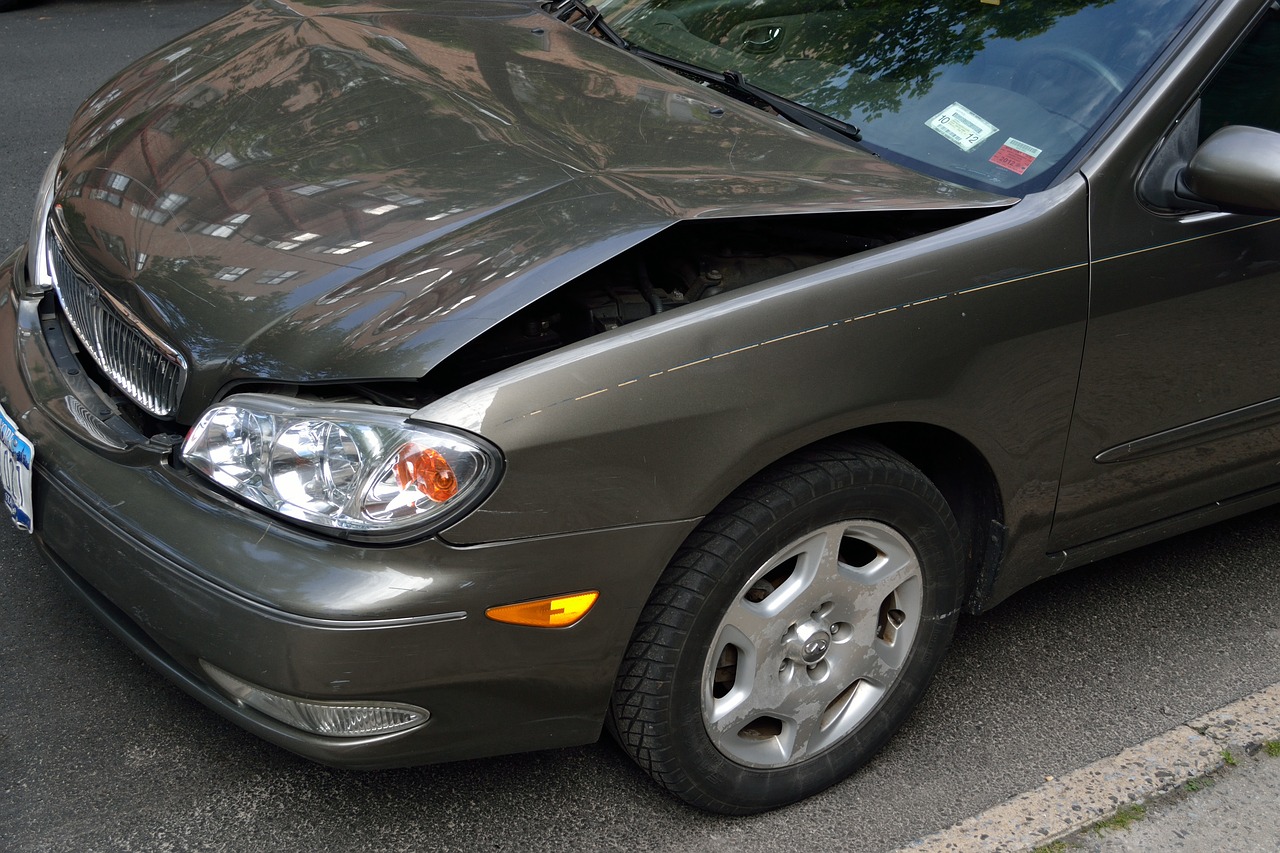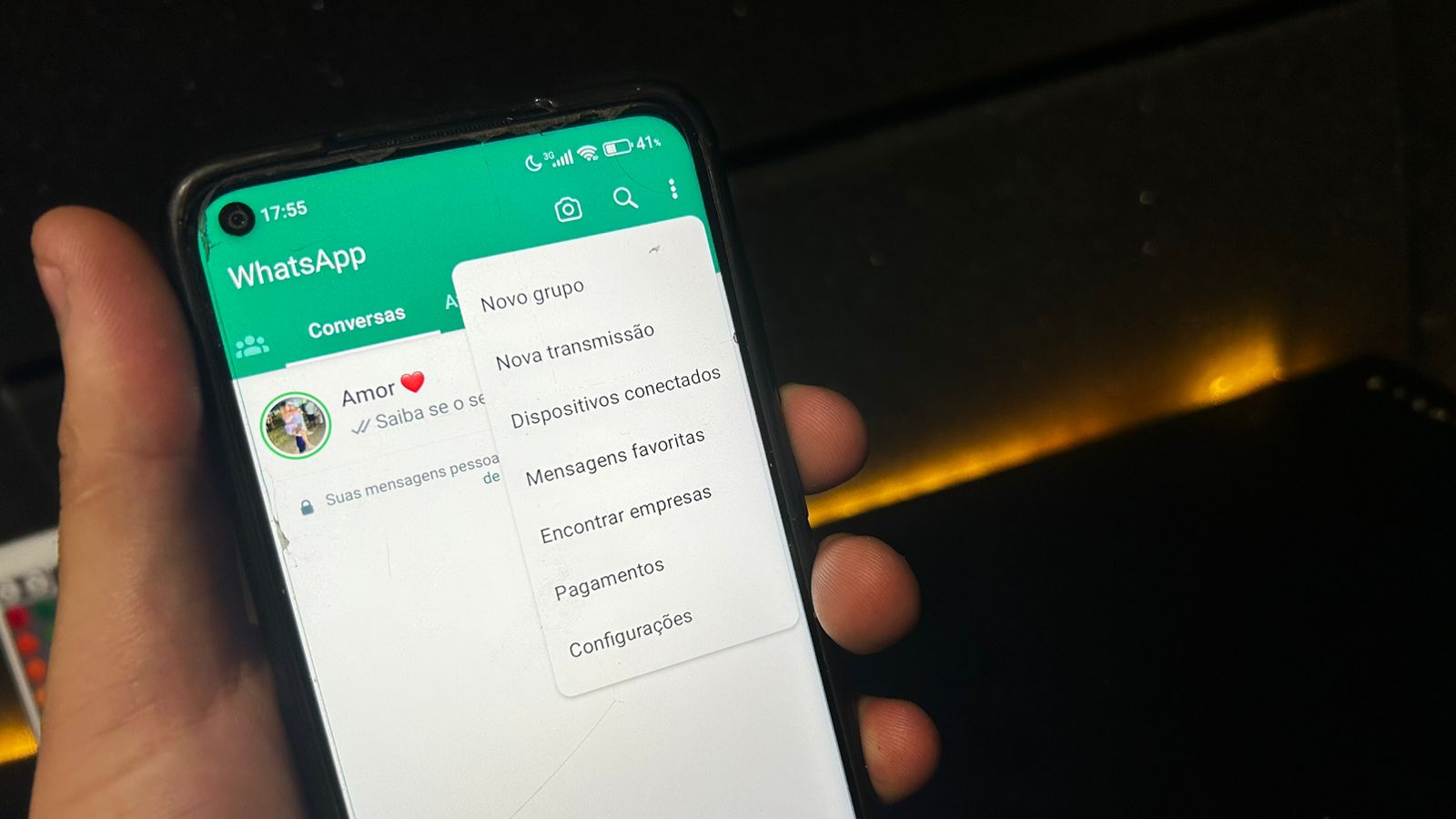
How car insurance works
6 de fevereiro de 2024Automobile insurance works as a financial agreement between an insurance company and a vehicle owner, aiming to protect the owner against financial losses in the event of accidents, theft, damages, or other covered eventualities. This text will delve into the workings of these insurances in detail, from the contracting process to the payout process in case of a claim.
Introduction to Automobile Insurance:
Car insurances play a crucial role in the lives of vehicle owners, providing a financial safety net in unforeseen circumstances. They operate on the principle of mutualism, where policyholders contribute premiums that are used to cover the losses of group members.
Contracting Insurance:
The contracting process typically begins with selecting an insurer and choosing the desired coverage type. Coverages vary depending on the chosen insurance type, which may include damages to the vehicle itself (comprehensive coverage), liability (coverage for third-party damages), and 24-hour assistance.
Risk Assessment and Premium Calculation:
Before offering insurance, the insurer evaluates the risk associated with the vehicle and the driver. Factors such as age, gender, location, driving history, and vehicle characteristics are considered to determine the premium, which is the amount paid periodically by the policyholder in exchange for coverage.
Coverage and Limits:
Insurance coverages and limits are specified in the contract and may vary according to the policyholder’s needs. Understanding the contract terms is crucial to ensure that expectations align with the provided coverage.
Premium Payment:
Car insurance premiums can be paid monthly, quarterly, semi-annually, or annually, depending on the agreement between the policyholder and the insurer. Non-payment of premiums may result in contract termination and loss of coverage.
Claims and Indemnification Process:
In the event of a claim (accident, theft, etc.), the policyholder must immediately notify the insurer and initiate the claims process. This typically involves completing a claims form and providing evidence of the incident, such as photographs, police reports, and repair estimates.
Claim Evaluation:
Upon receiving the claim, the insurer conducts an evaluation to determine its eligibility for indemnification. This may include vehicle inspection, document review, and communication with all parties involved in the incident.
Indemnification:
If the claim is deemed covered by the contract, the insurer will pay compensation to the policyholder, which can be used to repair the vehicle, replace it, or cover other financial losses related to the incident. The indemnification amount depends on the contract terms and coverage limits.
Insurance Renewal:
At the end of the coverage period, the insurance can be renewed by paying new premiums. The insurer may adjust premiums based on the policyholder’s claims history and other factors affecting risk.
Final Considerations:
Automobile insurances play a crucial role in the financial protection of vehicle owners, offering peace of mind and security in case of unforeseen events. It is essential to understand the contract terms and choose coverage suitable for individual needs to ensure effective protection.


